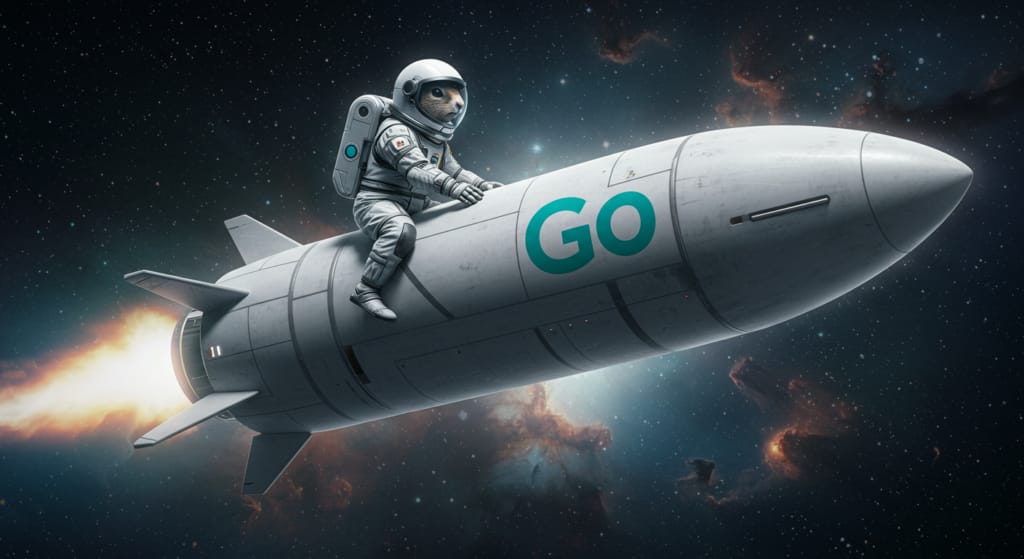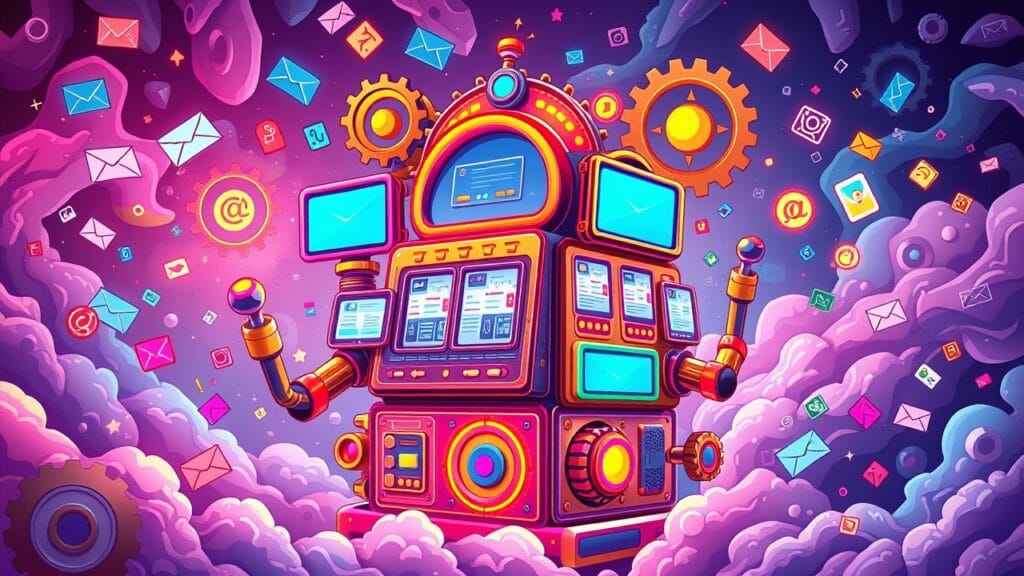How Uber’s dynamic pricing model works

We’ve put together a quick and easy guide on how our dynamic pricing model works so you can know why Uber fares change and what the usual peak hours are for an increased Uber fare.

How do Uber rates work?
When you go to request a ride on a Friday night, you might find that the fare is different than the cost of the same trip a few days earlier. That’s because of the Uber dynamic pricing system, which matches fares to a number of variables such as time and distance of your route, traffic and the current rider-to-driver demand. Sometimes, this means temporary surge charges during particularly busy periods.

Why do Uber prices change?
Using varying prices encourages more drivers to get on the road and help deal with demand when it increases. When we notify you of an increased Uber fare, we notify drivers as well. If you decide to go ahead and request your ride, you’ll get an alert on the app to make sure you know that the rates have changed.
Price normalization
Once more drivers get on the road and ride requests are taken, the demand will become more manageable and fares should go back to normal.
Uber peak hours
If you’re a regular Uber rider, you’re probably already aware of the busier periods when an increased fare is more likely:
- Thursday and Friday nights
- After-work rush hour
- Big events and festivals

Dynamic pricing helps us to make sure there are always enough drivers to handle all our ride requests, so you can get a ride quickly and easily – whether you and friends take the trip or sit out the surge is up to you.
Posted by Uber
Get a ride when you need one
Start earning in your city
Get a ride when you need one
Start earning in your city
Related articles
Most popular

A beginner’s guide to Uber vouchers for riders

Automating Efficiency of Go programs with Profile-Guided Optimizations

Enhancing Personalized CRM Communication with Contextual Bandit Strategies





